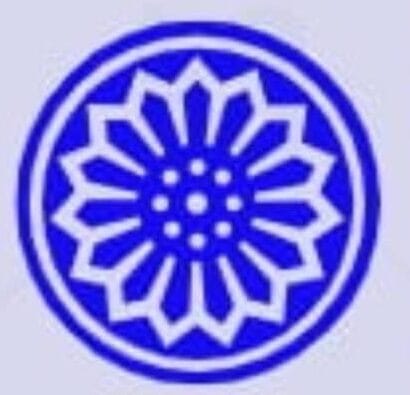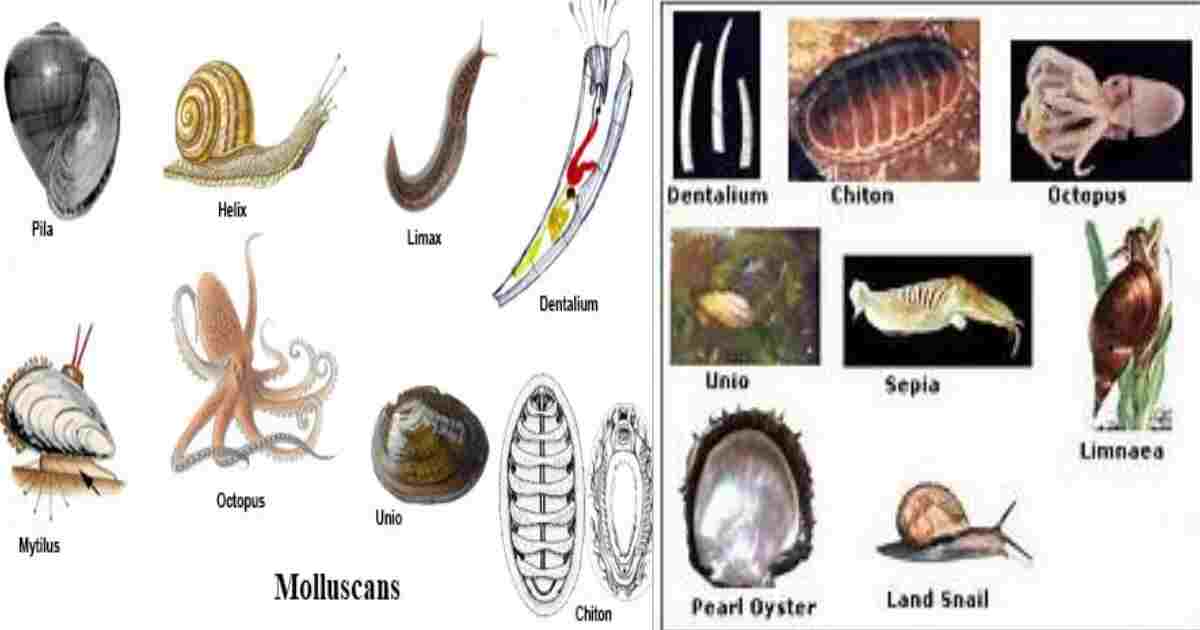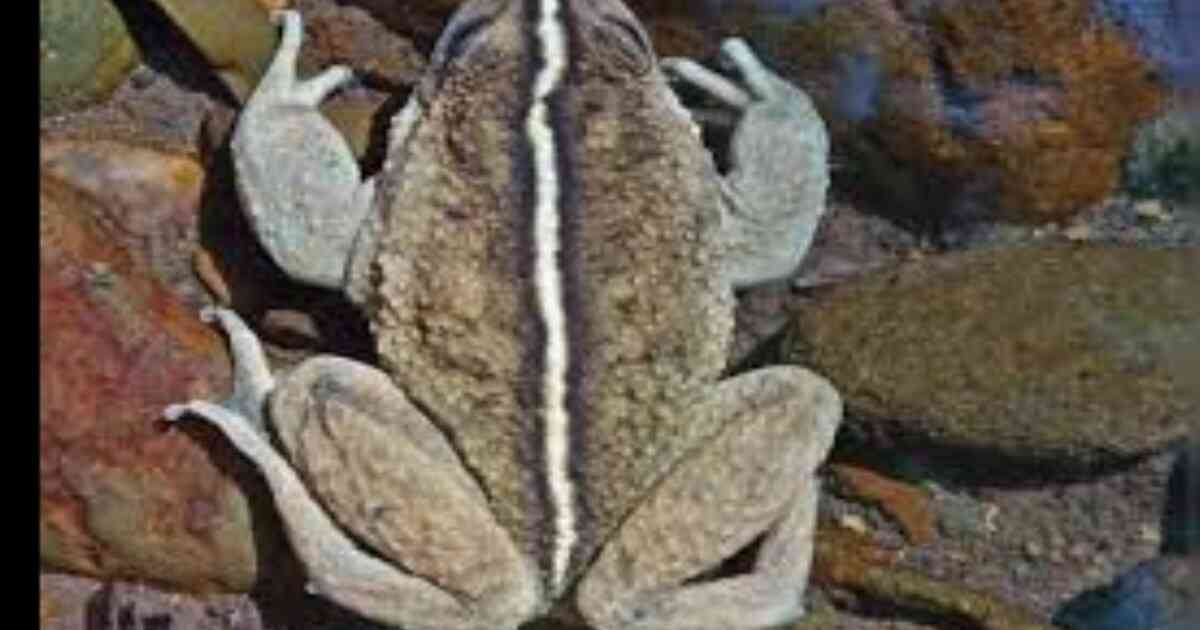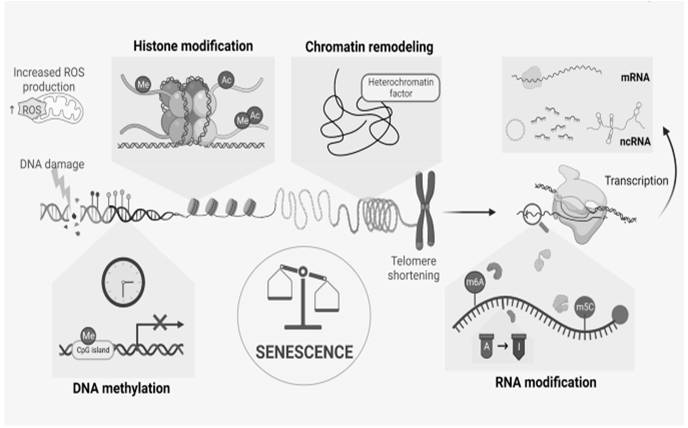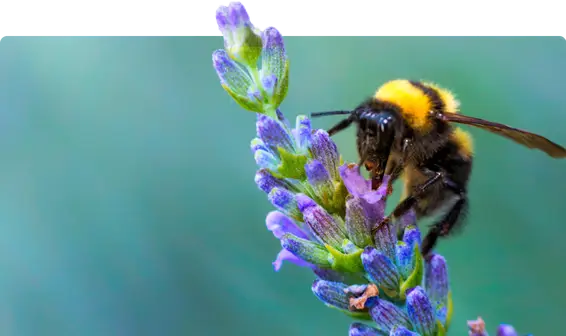Laccifer lacca: The lac insects are sluggish and it have almost sedentary in life. They live inside the tree twigs chambers. Therefore they are degenerated or lost the body, without wings but with distinct legs.
Lac insect Laccifer lacca is a small, resinous, crawling scale-insect which inserts its beak into plant tissues, sucks juices, grows, and secretes lac from the hind end of the body. The own body is ultimately gets covered with lac in the ‘CELL. Lac is actually secreted for their self protection and not for the food of the insect. The commercial lac is produced in large quantities by female as a protective covering of its body which is injurious to the host plants.
Morphology of Laccifer lacca
Laccifer lacca, commonly known as the lac insect or lac bug, has a unique and distinctive morphology. Here are the some common key features of its morphology:
Body Shape: The adult female lac insect has an oval-shaped body that is slightly elongated. It is relatively flat and compact, with a flattened profile.
Size: The size of the adult female lac insect varies, but it is typically around 3 to 6 millimeters in length. The adult male lac insects are much smaller, measuring only about 1 to 2 millimeters in length.
Color: The color of the adult female lac insect varies depending on its age and physiological state. Younger females are usually pale yellow or light brown, while older females tend to be darker, ranging from reddish-brown to dark brown or black.
Cuticle: The body of the lac insect is covered by a protective cuticle, which is a thin, waxy layer secreted by the insect. This cuticle gives the insect a shiny appearance.
Legs: The adult lac insect has six well-developed legs, enabling it to crawl and move around during the early stages of its life cycle.
Antennae: The lac insect possesses a pair of antennae, which are short and segmented sensory structures located on the head. These antennae are used for detecting chemical cues in the environment.
Mouthparts: The mouthparts of the lac insect are adapted for piercing and sucking. They consist of a long, needle-like stylet used for piercing the bark of the host tree and extracting sap.
Lac Shell: The most distinctive feature of the lac insect is the lac shell it forms during its life cycle. The lac shell is a protective covering secreted by the insect. It is formed by the excretion of lac pigment from specialized glands in the insect’s body. The lac shell appears as a reddish-brown resinous substance that envelops and encases the insect.
Laccifer lacca, both male and female characteristic as follows
Male Laccifer lacca
- Male Laccifer lacca is red in colour and measuring it about 1.2 to 1.5 mm in length.
- It secretes bright creamy lac.
- It has reduced eyes and ten segmented antennae.
- The mouth-parts are of sucking type and piercing organ
- Thorax bears three pairs of legs and one pair of hyaline wings.
- The abdomen is segmented (eight) and terminates into a short, chitinous prominent general sheath containing penis.
- On either side of this genital sheath a white elongated caudal setae is found.
Female Laccifer lacca
- Female is larger than the males and measuring about 4 to 5 mm in length.
- The pyriform body of the female is enclosed in a resinous cell.
- The head, thorax and abdomen are not clearly distinct.
- The mouth-parts are of piercing and sucking type.
- The antennae are clearly visible and degenerated.
- The posterior end of the body has a median and two lateral processes.
- The legs are in degenerated form.
 |
| Female and Male Laccifer lacca |
Read more: https://www.britannica.com/animal/Indian-lac-insect
